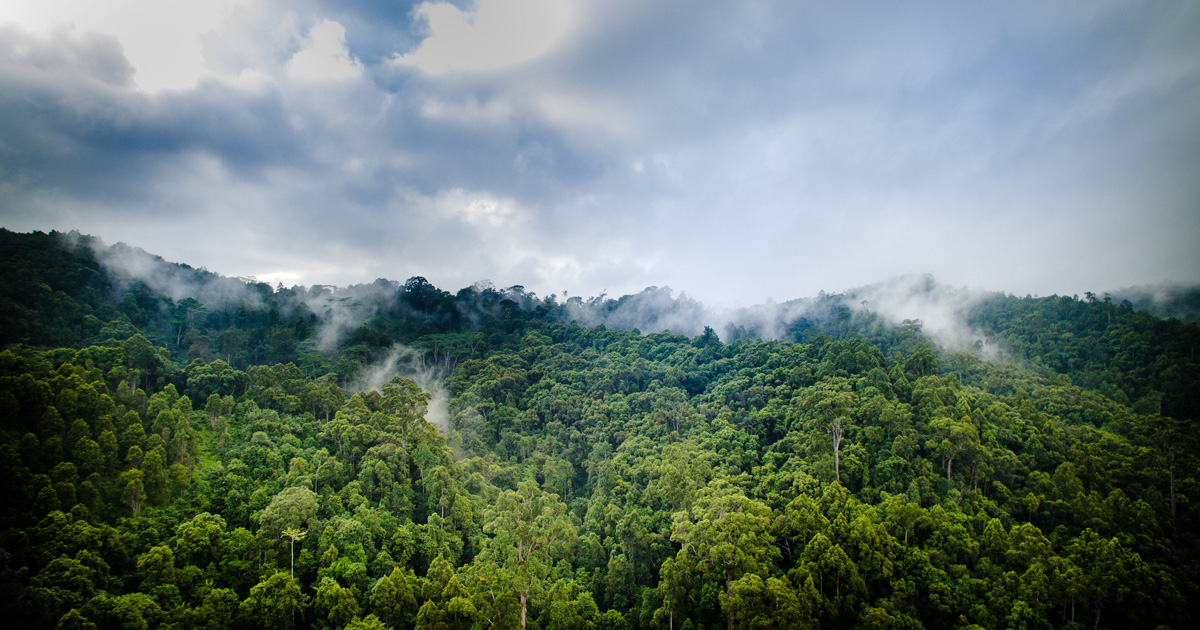Cocoa yield per hectare in Côte d`Ivoire is among the lowest in the world, ranging from 0.2 to 0.5 tons/ha per year. This figure continues to decline each season due to decreased soil fertility, increased disease pressure, the aging of cocoa orchards, and low use of inputs (Assiri et al. 2012, FLA 2012). Yields could be increased if farmers were able to apply fertilizer in recommended quantities, replant old orchards (especially with improved cocoa varieties), and control diseases with f ungicides and other methods. However, for various reasons such as lack of financial means, low levels of technical training and reduced incentives to invest in cocoa because of low prices, the majority of Ivorian cocoa farmers are not implementing these so il and crop improvement management methods (Nkamleau et al. 2007, FLA 2012). In view of this , Mars I ncorporated , in col labo r ation with the Ivorian Government , embarked on the Vision for Change (V4C) project as a means of addressing the problem of low prod uctivity of cocoa. This project is being implemented by the World Agroforestry Centre (ICRAF) . The initiative is currently setting up a network of Cocoa Development Centre s (CDCs) throughout the region of Soubré, the most productive cocoa region in Côte d` Ivoire, and conducting on - farm research into different cocoa cultivars, rehabilitation of old orchards by grafting, and the effect of fertilizer application and other management practices ( ICRAF 2012 ) . In future the project will enter the extension stage, and the best methods of increasing cocoa yields, plus affordable inputs to accomplish them, will be made accessible to farmers throughout the region. This initiative is designed on the same model as a successful project initiated in Indonesia by Mars in 20 03, which increased cocoa yields from 0.5 to 2.5 tons/ha per year, on average (Pye - Smith 2011). Initial studies of the effects of rehabilitation methods in field trials in Côte d’Ivoire are encouraging, showing an 83% average increase in yields and an aver age profitability rate of 377% (Assiri et al. 2012).
DOI:
https://doi.org/10.5716/WP13249.PDF
Altmetric score:
Dimensions Citation Count:























